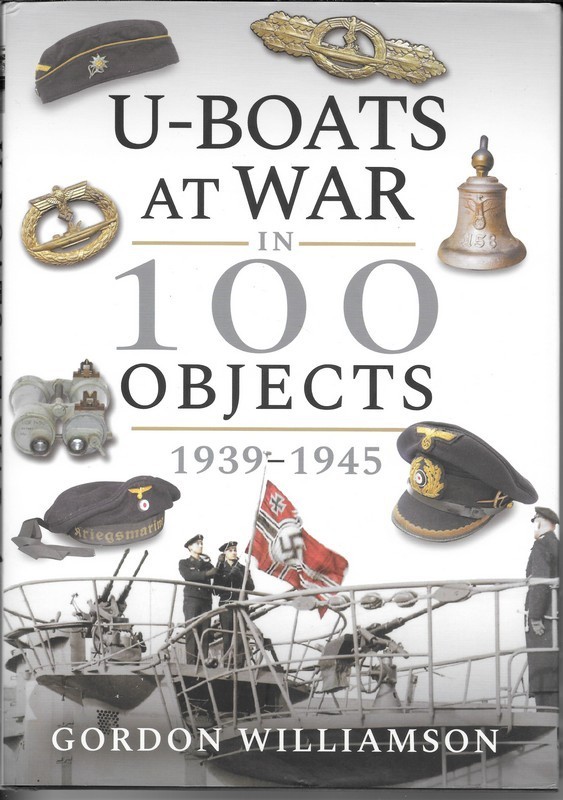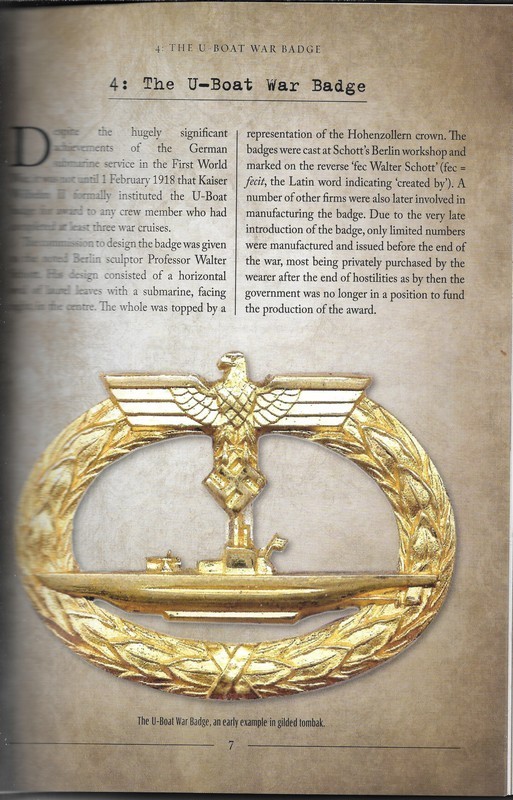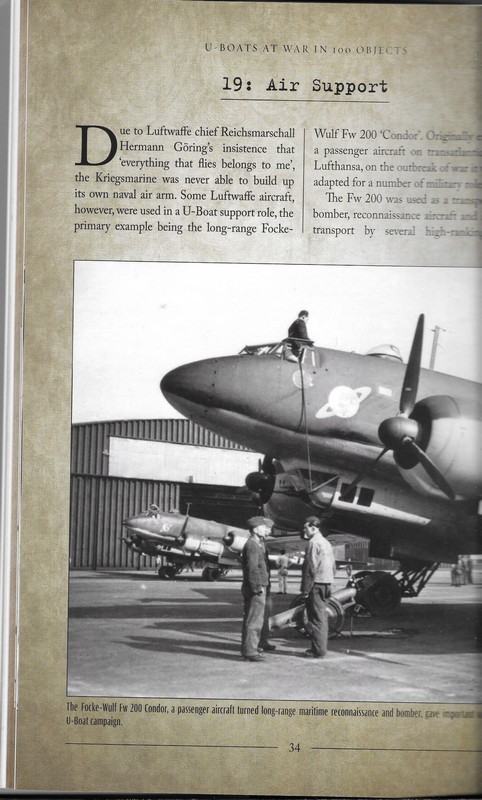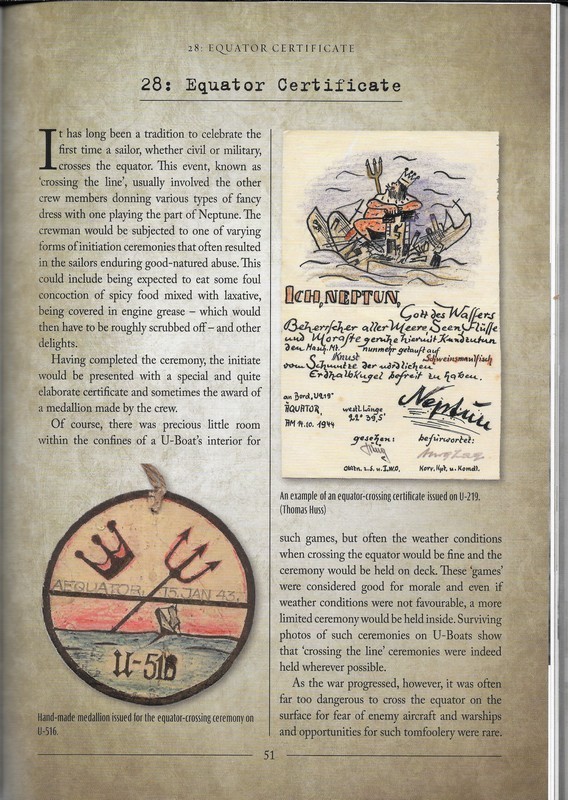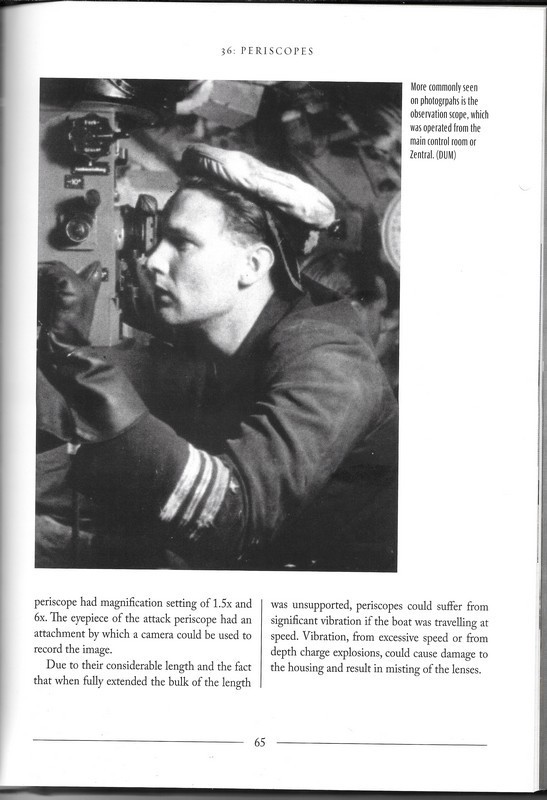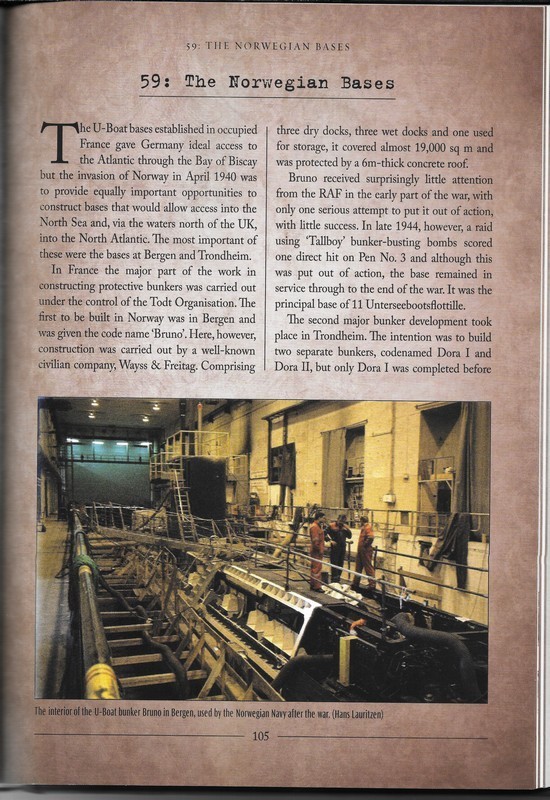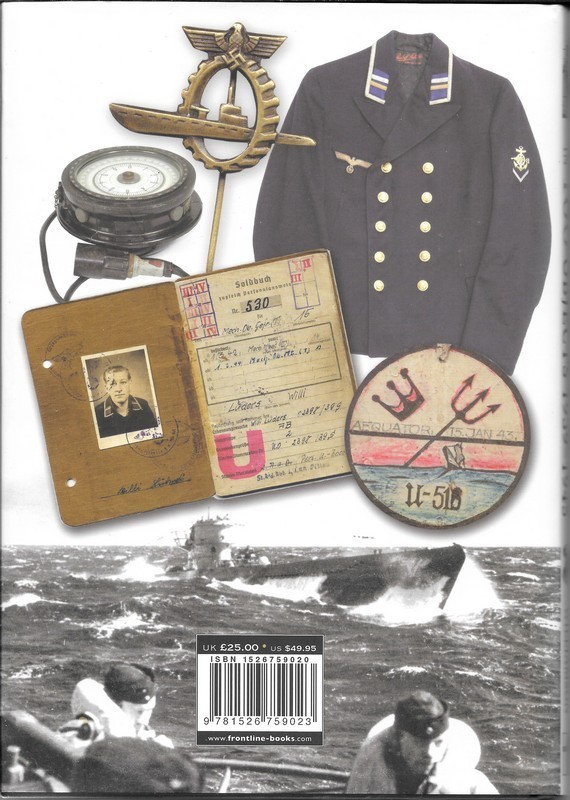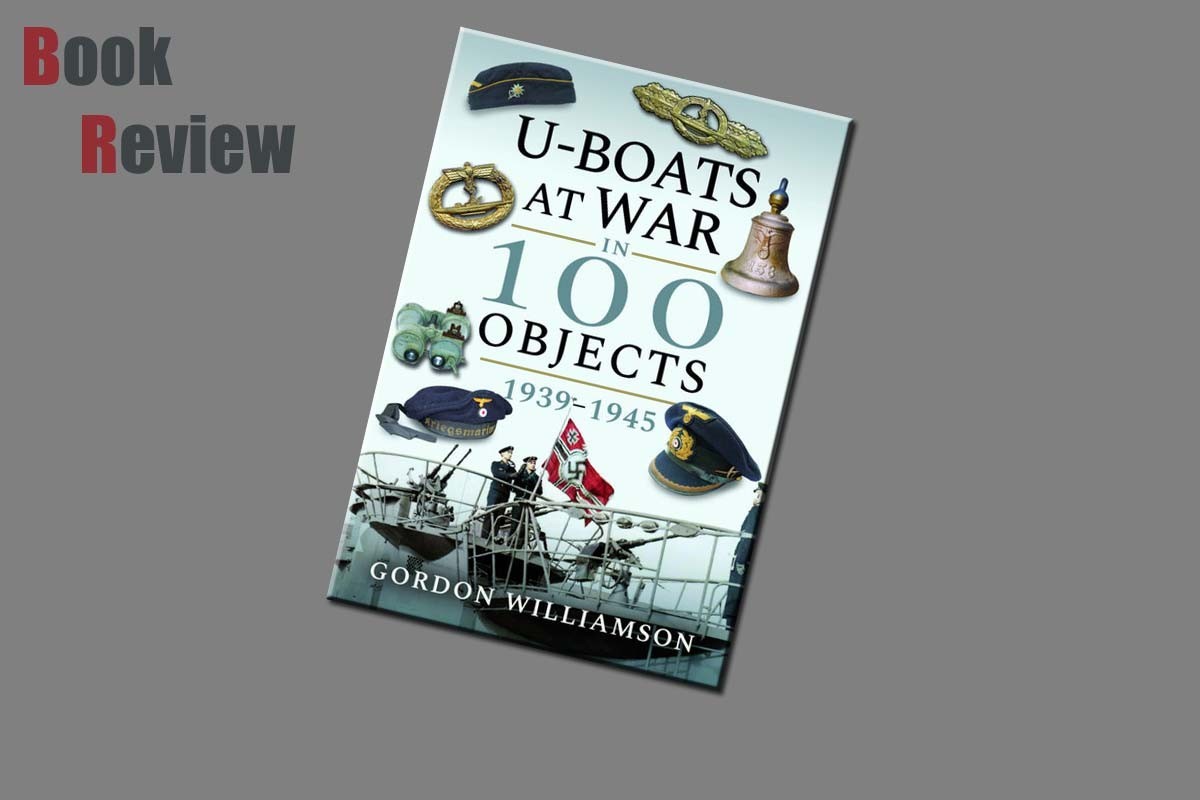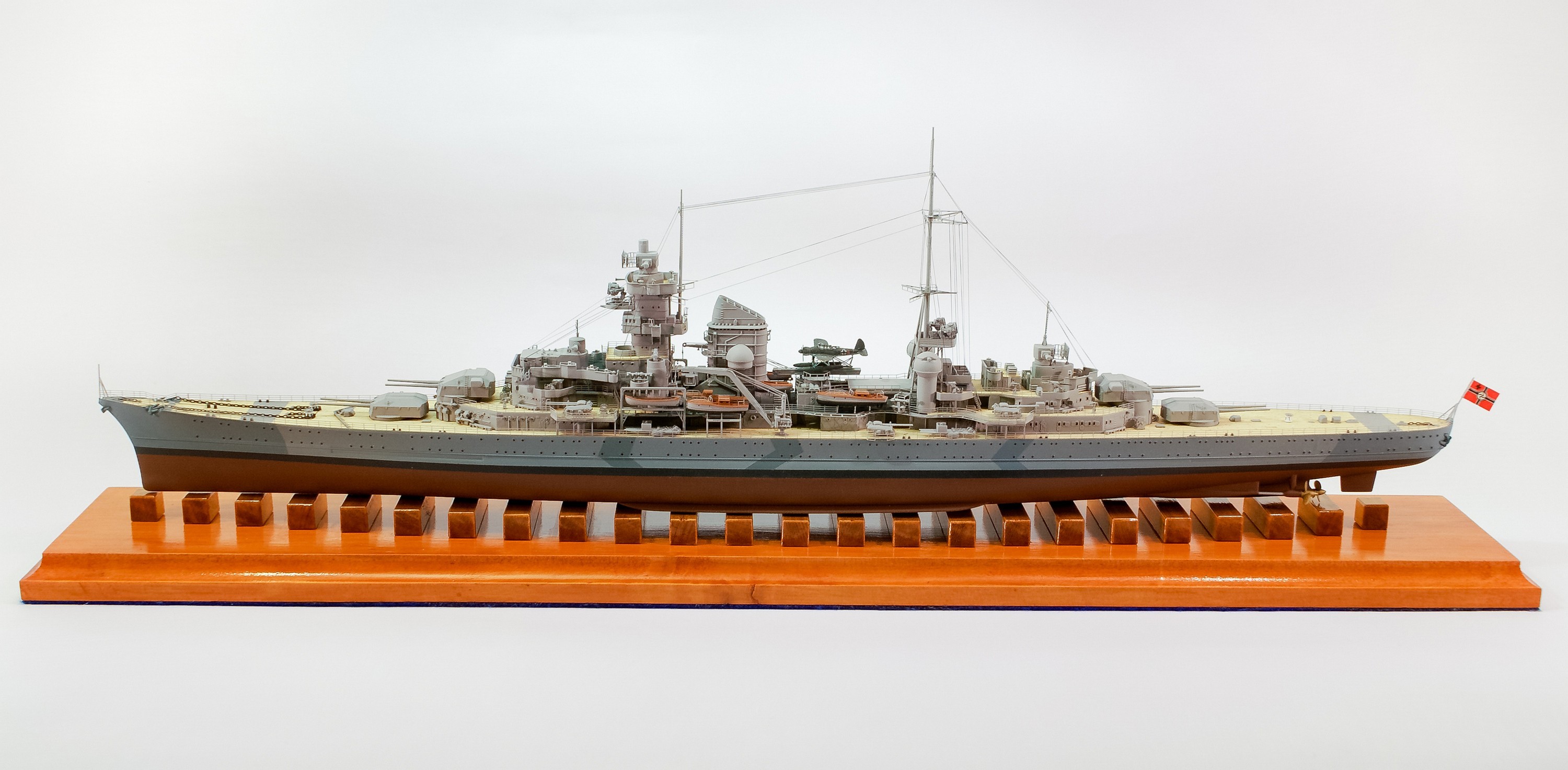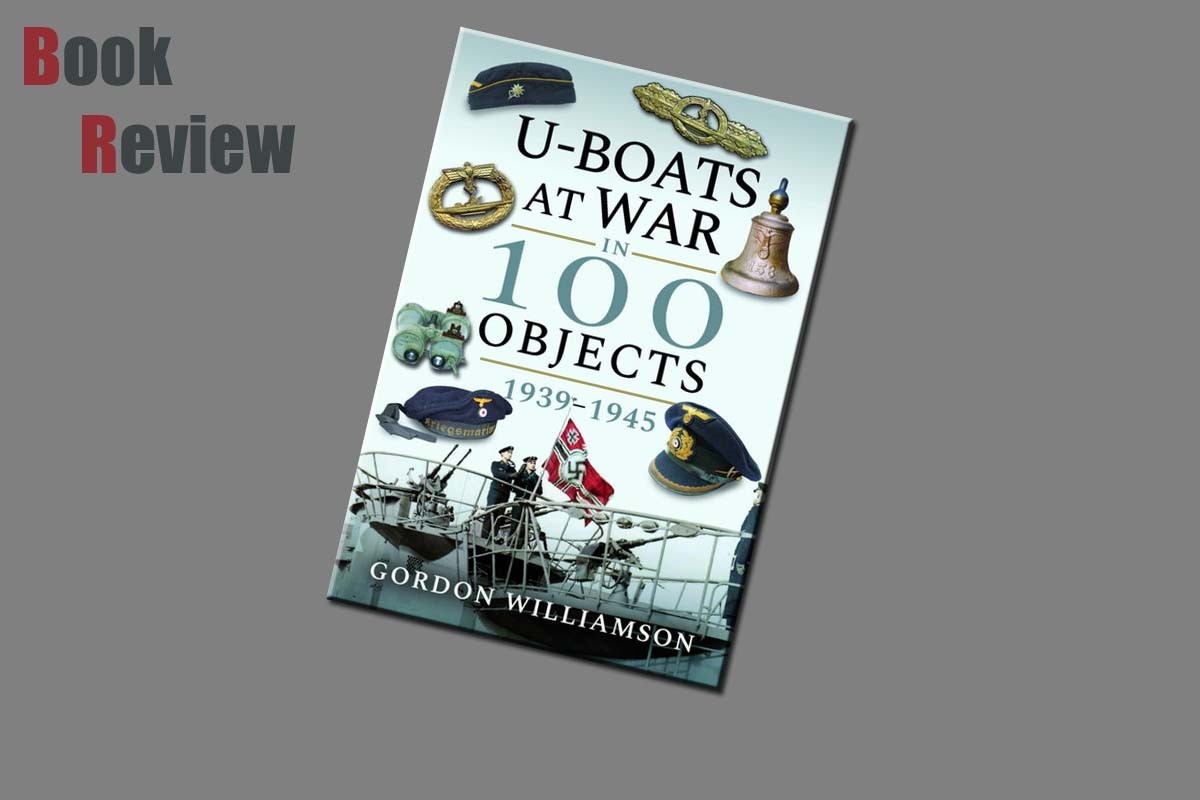
Brief History
U-boat is an anglicised version of the German word U-Boot, a shortening of Unterseeboot. While the German term refers to any submarine, the English one (in common with several other languages) refers specifically to military submarines operated by Germany, particularly in the First and Second World Wars.
The first submarine built in Germany, the three-man Brandtaucher, sank to the bottom of Kiel harbour on 1 February 1851 during a test dive. The inventor and engineer Wilhelm Bauer had designed this vessel in 1850, and Schweffel & Howaldt constructed it in Kiel. Dredging operations in 1887 rediscovered Brandtaucher; it was later raised and put on historical display in Germany.
During World War II, U-boat warfare was the major component of the Battle of the Atlantic, which began in 1939 and ended with Germany's surrender in 1945. The Armistice of 11 November 1918 ending World War I had scuttled most of the old Imperial German Navy and the subsequent Treaty of Versailles of 1919 limited the surface navy of Germany's new Weimar Republic to only six battleships (of less than 10,000 tons each), six cruisers, and 12 destroyers. To compensate, Germany's new navy, the Kriegsmarine, developed the largest submarine fleet going into World War II. British Prime Minister Winston Churchill later wrote "The only thing that really frightened me during the war was the U-boat peril.
In the early stages of the war, the U-boats were extremely effective in destroying Allied shipping due to the large gap in mid-Atlantic air cover. Cross-Atlantic trade in war supplies and food was extensive and critical for Britain's survival. The continuous action surrounding British shipping became known as the Battle of the Atlantic, as the British developed technical defences such as ASDIC and radar, and the German U-boats responded by hunting in what were called "wolfpacks" where multiple submarines would stay close together, making it easier for them to sink a specific target. Britain's vulnerable shipping situation existed until 1942, when the tides changed as the U.S. merchant marine and Navy entered the war, drastically increasing the amount of tonnage of supplies sent across the Atlantic.
Contents
100 small chapters. Using different objects to describe a U-boat, some of them include.
Basic training.
The Deck Gun.
The Gyro Compass.
Award Documents.
U-boot Tender.
The Leather U-boat Clothing.
The AtlanticBunkers.
EnigmaQuadrant Maps.
Service Conditions.
Italian Submarines.
Escort carriers.
Just some of the small chapters.
This offering from Pen and Sword is a hardback book with a Stitched spine and pagination of 182.
Author Gordon Williamson (born 1951) is a British military historian. Williamson spent seven years with the Military Police in the BritishTerritorial Army and, as of 2016, resides in Scotland. Williamson has written more than 40 books and other publications. His works have focused on topics ranging from U-boats, military insignia, flying aces, the Waffen-SS, and special forces. Williamson has authored over 20 books on the Waffen-SS and the Wehrmacht S. P. Mackenzie has characterized Williamson’s treatment of the Waffen-SS as somewhat sceptical but still, rehabilitee in nature, noting that he was one of the British historians in the 1990s who wanted "to restore the tarnished reputation of the Waffen-SS and reiterate its superb fighting qualities" by relying on veterans' narratives.
Review
When I found out that I was to receive a book called U-boots at war in 100 objects 1939-1945 I started to think of the Dorling Kindersley type of book how mistaken was I. This book has been meticulously researched by the author and is a book full of detail and surprises. With 100 small chapters on the 100 different objects makes perfect sense when you start reading, from the first chapter on Gross Admiral Dr H. C. Erich Raeder which explains his rise in the German Navy. Erich Raeder began his career in 1894 when he joined the Kaiserliche Marine. During the First World War saw considerable action at Dagger Bank in 1915 and at Jutland in 1916, by the beginning of World War2 Raeder was heavily involved in the planning successful invasion of the 1940 invasion of Norway and Denmark. Raeder was often less supportive of Hitler.
There are a lot of pictures in this book with each of the chapters like, chapter 3 The Type II U-boot with two photos showing the impressive-looking U-boot at sea, however, this U-boot was already outclassed by the VII that would be the backbone of the U-boot Waffe in the Second World War.
The deck gun of a type VII U-boot was an 8.8mm L/45 SK C/35 U-boat Lafette it was designed in 1935 but did not enter service until 1938, it fired a 15kg round with a muzzle velocity of 700mps and a range of nearly 12,000 metres. It is information like this is that brings the book to life.
Radar at the outbreak of the war no radars was carried by U-boots, indeed even on surface ships, the technology was in its infancy. In 1940 a basic form of radar an 82cm (Funkmessotungs Great) known asan FuMO 29 was introduced but it was not until 1942 that it became widespread. It was not particularly effective, and it was not until early 1943 that the FuMO 30 was introduced.
Air support, due to Luftwaffe chief Riechsmarschall Herman Goering’s insistence that everything that flies belong to me, the Kriegsmarine was never able to build up its own naval air arm. Some Luftwaffe aircraft, however, was used in a U-boot support role, the prime example being the long-range Focke-Wulf Fw 200 Condor.
The fall of France gave Germany access to numerous major ports on the Atlantic coast, while these ports were ideal bases for the U-boots operating into the North Atlantic and South Atlantic oceans. They were also much too close to the UK and thus within striking distance of the British heavy bombers. Bases for the U-Boots were rapidly established at Lorient, Brest, St Nazaire, La Pallice and Bordeaux, and a programme of the building commenced in 1941 to provide protective bunkers for the U-boots.
Conclusion
This book has really surprised me, as when I was told about it my impression was of a book that was perhaps written for children, not that there is nothing wrong with children learning about the U-boats, in fact, quite the opposite I wished more was written to encourage more younger people to the hobby. The book itself with these small two to three pages per chapter may encourage more people to read it who perhaps may not otherwise have read the book. Meticulously researched, professionally written. I have many books in my library on various subjects of war, aircraft, tanks, armoured vehicles, ships, armies, armament, submarines including U-boat titles. What makes this book different is the amount it covers from so many different aspects so good for quick reference. I would recommend this book to anyone with a passion for the Second World War, U-boots, especially a really fascinating read.
